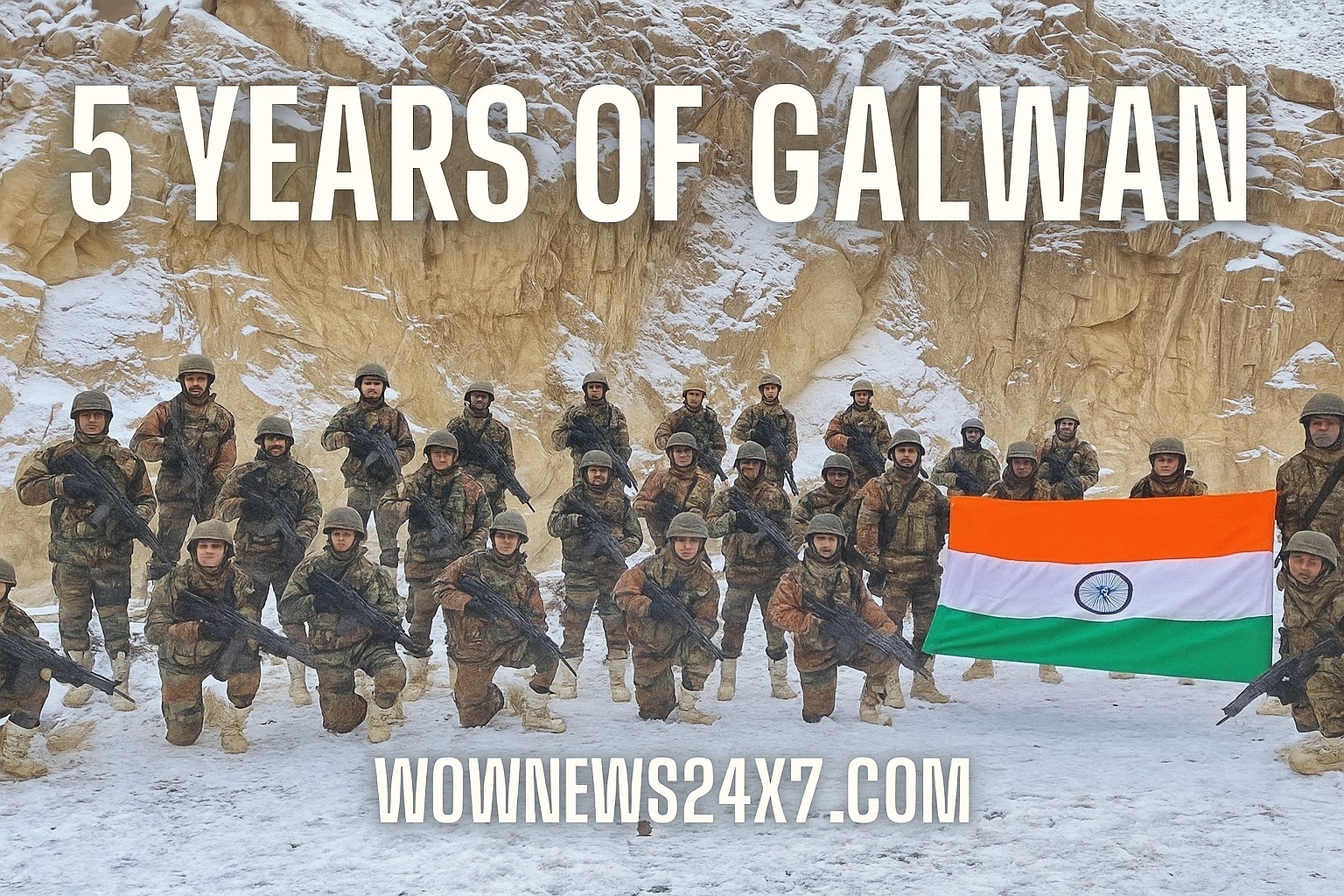It’s been five years since the clash in Galwan Valley that left 20 Indian soldiers dead and marked a turning point in India-China relations. That night in June 2020 wasn’t just a border skirmish—it reshaped how India views its northern neighbor and how it manages the Line of Actual Control.
Since then, India has shifted gears on multiple fronts. The military response, which included quietly taking up strategic positions around Pangong Tso, showed that India wouldn’t be caught flat-footed again. That move gave troops a tactical edge and sent a clear message.
On the ground, infrastructure has improved. Roads and communication lines in Eastern Ladakh have been upgraded, and troops are now better equipped for the brutal winter. Drones, surveillance tech, and better logistics are in play.
Beyond the military, Galwan also pushed India to reconsider its broader engagement with China. From banning apps to tightening scrutiny on Chinese investments, the recalibration has been both economic and strategic.
But not everything is fixed. Analysts still point to the need for faster decision-making, better coordination between branches of the armed forces, and more clarity on rules of engagement.
What happened in Galwan hasn’t been forgotten—and it shouldn’t be. It was a wake-up call. One that’s still shaping India’s defence posture today.
Sources: BharatShakti.in, Hindustan Times, QOSHE
